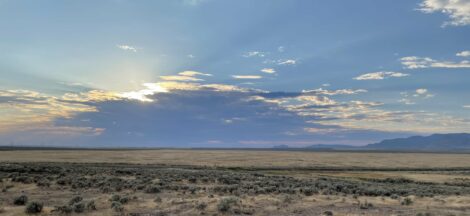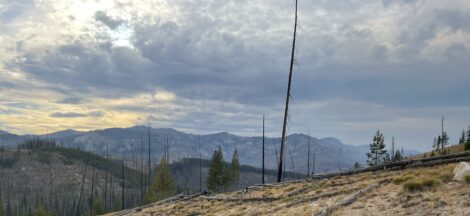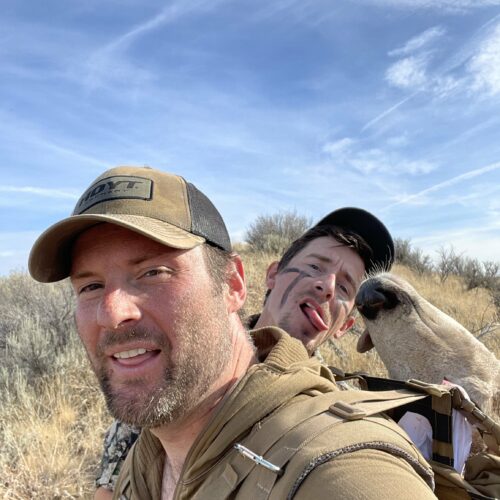The Significance of Physical Fitness in Deer Hunting Success
Physical fitness plays a significant role in deer hunting success. A well-conditioned hunter is more likely to enjoy their time in the field, endure the rigors of hunting, and have the stamina required for a successful hunt. In this guide, we’ll explore the importance of physical fitness in deer hunting and share tips on how to improve your conditioning for better results on your next hunting adventure.
The Importance of Physical Fitness in Deer Hunting
Many hunters underestimate the physical demands of deer hunting. From hiking through rugged terrain to dragging a harvested deer, hunting can be a strenuous activity. Being in good physical shape not only increases your chances of success but also reduces the risk of injury and enhances overall enjoyment. Here are some of the reasons why physical fitness is crucial for deer hunting:
- Increased endurance: Hunting often involves long hours of walking, climbing, and carrying heavy gear. The better your cardiovascular fitness, the more energy you’ll have to cover ground and stay focused on the hunt.
- Better balance and agility: Deer hunting requires navigating uneven terrain, crossing streams, and moving quietly through the woods. Improved balance and agility help you move more efficiently and quietly, increasing your chances of getting close to your quarry.
- Greater strength: A successful deer hunt often ends with the need to drag, lift, or carry a heavy deer. Adequate strength is essential to avoid injuries and accomplish these tasks more easily.
- Quicker recovery: Being in good physical shape means you’ll recover faster after a demanding hunt, allowing you to get back out in the field sooner and hunt more effectively throughout the season.
Exercises for Improved Deer Hunting Fitness
Improving your physical fitness for deer hunting doesn’t require a gym membership or fancy equipment. Here are some simple exercises you can do at home or outdoors to enhance your strength, endurance, and agility:
- Cardiovascular training: Activities like running, hiking, cycling, or swimming can help improve your cardiovascular endurance. Aim for at least 30 minutes of moderate-intensity exercise most days of the week.
- Strength training: Bodyweight exercises like push-ups, pull-ups, squats, and lunges can help you build the strength needed for hunting tasks. Incorporate strength training into your routine at least two days per week.
- Balance and agility drills: Exercises like single-leg stands, lateral jumps, and agility ladder drills can help improve your balance, coordination, and footwork. Include these exercises in your routine to enhance your ability to navigate challenging terrain.
- Flexibility and mobility: Stretching and mobility exercises like yoga or dynamic stretching can help maintain flexibility and range of motion, making it easier to move through the woods and reduce the risk of injury. Aim to stretch at least two to three times per week.
Physical Preparation Tips for Deer Hunting Season
It’s essential to start preparing for the hunting season well in advance. Here are some tips to help you get in shape and stay in shape for your next deer hunting adventure:
- Set realistic goals: Begin by setting achievable fitness goals based on your current fitness level, available time, and hunting objectives. Gradually increase the intensity and duration of your workouts to avoid injury and stay motivated.
- Create a balanced routine: Develop a workout routine that includes a mix of cardiovascular, strength, balance, and flexibility exercises. This balanced approach will help you achieve overall fitness and better prepare you for the demands of deer hunting.
- Stay consistent: Consistency is crucial for long-term success. Establish a regular workout schedule and stick to it, even during the off-season. This will help you maintain your fitness gains and be ready for the next hunting season.
- Simulate hunting scenarios: Incorporate exercises and activities that closely mimic the demands of deer hunting, such as hiking with a loaded backpack or practicing shooting from various positions. This will help you develop the specific skills and strength required for a successful hunt.
- Listen to your body: Pay attention to your body’s signals and adjust your training accordingly. Rest when needed, and don’t push yourself too hard, too fast. Overtraining can lead to injuries and hinder your progress.
- Stay committed: Remember that improving your physical fitness takes time and effort. Stay committed to your goals and be patient with yourself as you work towards becoming a more physically fit deer hunter.
In conclusion, physical fitness plays a significant role in deer hunting success. By incorporating cardiovascular, strength, balance, and flexibility exercises into your routine, you’ll be better prepared to face the challenges of the hunt and increase your chances of success. Start training today, and experience the benefits of improved physical fitness on your next deer hunting adventure.





 The Advantages of Hunting with a Buddy
The Advantages of Hunting with a Buddy